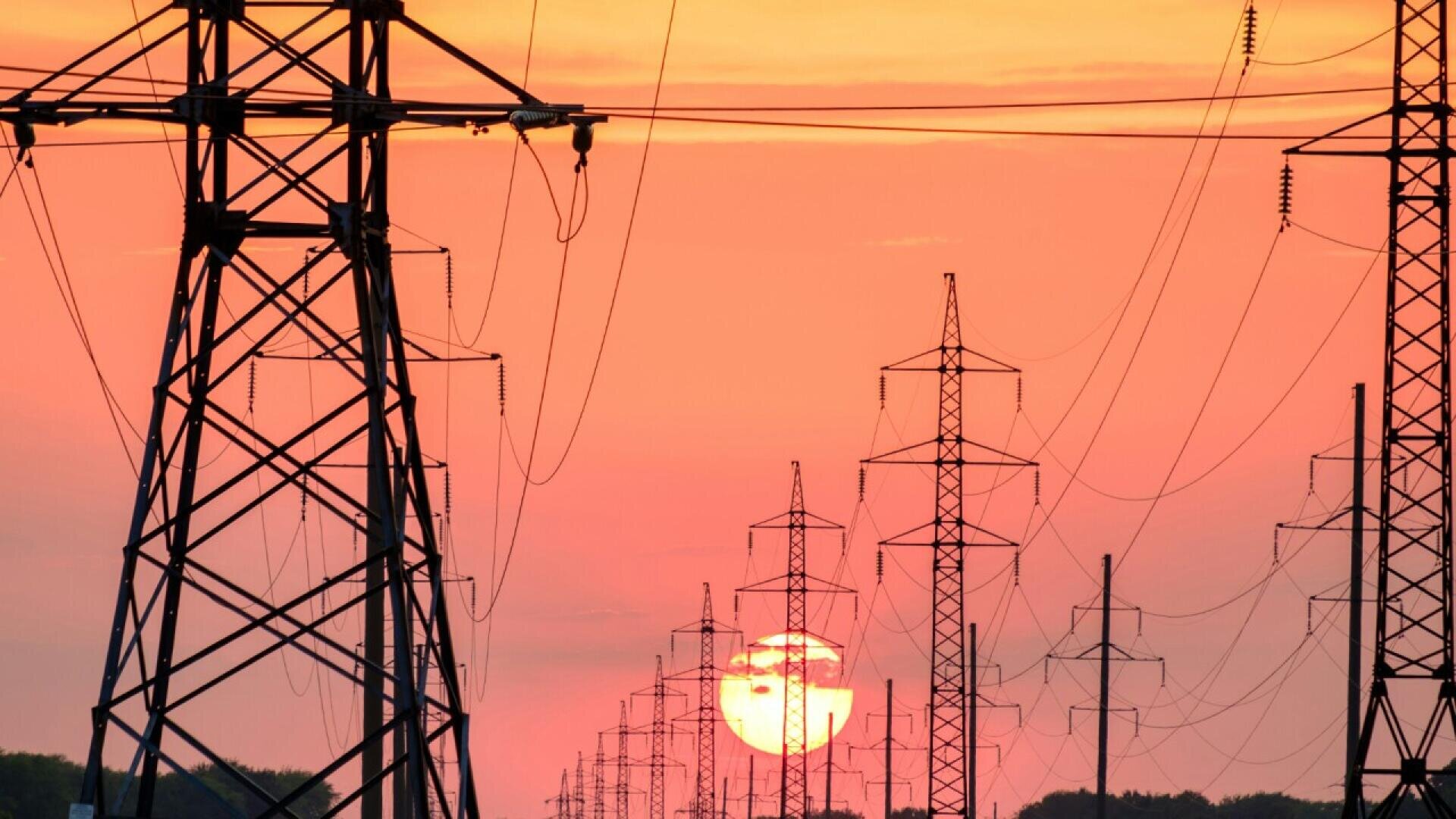What are dynamic electricity tariffs?
Dynamic tariffs are constantly aligned with supply and demand or production and consumption and thus stimulate consumption or non-consumption of electricity. What exactly does this mean?
Global decarbonisation is also global electrification. Heating and mobility in particular are major consumers of electrical energy. The self-image of our western civilisation: "There's always enough electricity. For the electric car (EV) and for the heat pump anyway. Why not? After all, the home's own photovoltaic system (PV) also supplies an abundance of electricity on nice days."
But there's a catch: The motorway for electricity, the electricity distribution grid, threatens to become overburdened with further electrification.
POWER GRIDS AT THEIR LIMITS
When the sun shines at midday in Europe and the wind in the North Sea blows on the numerous wind turbines at the same time, there is an overproduction of electricity. Conversely, heat pumps, electric boilers and the charging of electric cars consume a lot of electricity. If these "new" large consumers are all connected to the grid at the same time (e.g. at low tariffs), there is a risk of an electricity bottleneck.
The solution: dynamic tariffs that are continuously aligned with supply and demand or production and consumption and thus stimulate consumption or even non-consumption.
DYNAMIC TARIFFS REWARD FLEXIBLE ELECTRICITY MANAGEMENT
It's actually not a new invention: High tariff during the day, low tariff at night. This crude tool has been used for decades by band energy producers (mainly nuclear power plants) to incentivise the time-independent use of large consumers at night. As a result, an armada of boilers or heat pumps heats Switzerland's hot water at night.
Dynamic tariffs work according to the same principle, but are clocked at shorter intervals. For example, the tariff changes every 15 minutes (as with the provider Group E) based on the current electricity production and consumption in the grid. A kind of real-time electricity exchange is created, which stabilises the distribution grid.
The growing number of PV systems are crucial pieces of the puzzle in this system. When the sun shines, the tariff drops due to excess PV electricity production. The time has come for large-scale consumers: Boilers are humming away and electric cars are charging. If it snows at minus 10°, the tariff rises due to the lack of PV electricity and the batteries tend to recharge at night.
SMARTMETER AND ENERGY MANAGEMENT SYSTEM
Customers on dynamic electricity tariffs require an intelligent electricity meter, a smart meter. This device measures consumption (or feed-in) at the required frequency and therefore enables precise billing with the electricity provider. The installation of smart meters in new buildings has been mandatory since 2018. From 2025, older properties can also request the installation at the expense of the electricity supplier.
The first electricity suppliers (such as Group E with the "Vario" tariff) also offer an interface to a local energy management system in order to optimise the use of dynamic tariffs. This constantly receives the dynamic tariffs and switches the corresponding consumers on or off depending on the electricity price. Without such a connection, optimisation remains controlled manually or according to empirical values based on time.
Regardless of which dynamic pricing solution customers choose, zevvy is prepared for any eventuality and offers simple, fast and accurate billing at the touch of a button.

